2024 CONSTRUCTION INDUSTRY REPORT
A research partnership between Teletrac Navman and Civil Contractors New Zealand (CCNZ)
This is the eighth construction industry survey, a research partnership between Civil Contractors New Zealand (CCNZ) and Teletrac Navman.
Our research helps to build a picture of New Zealand’s civil construction industry and the experiences of those within the industry. The results shed light on the state of the civil construction industry and its outlook for the future, as well as stimulating discussion on industry views amongst private and public organisations, and local and central government.
The Construction Industry Survey 2024 reveals declining confidence in the industry resulting from lack of projects in the market, and the expanding role of technology and diversity in improving project efficiency. Below are some of the key findings from a range of categories. For the full breakdown, download the report.
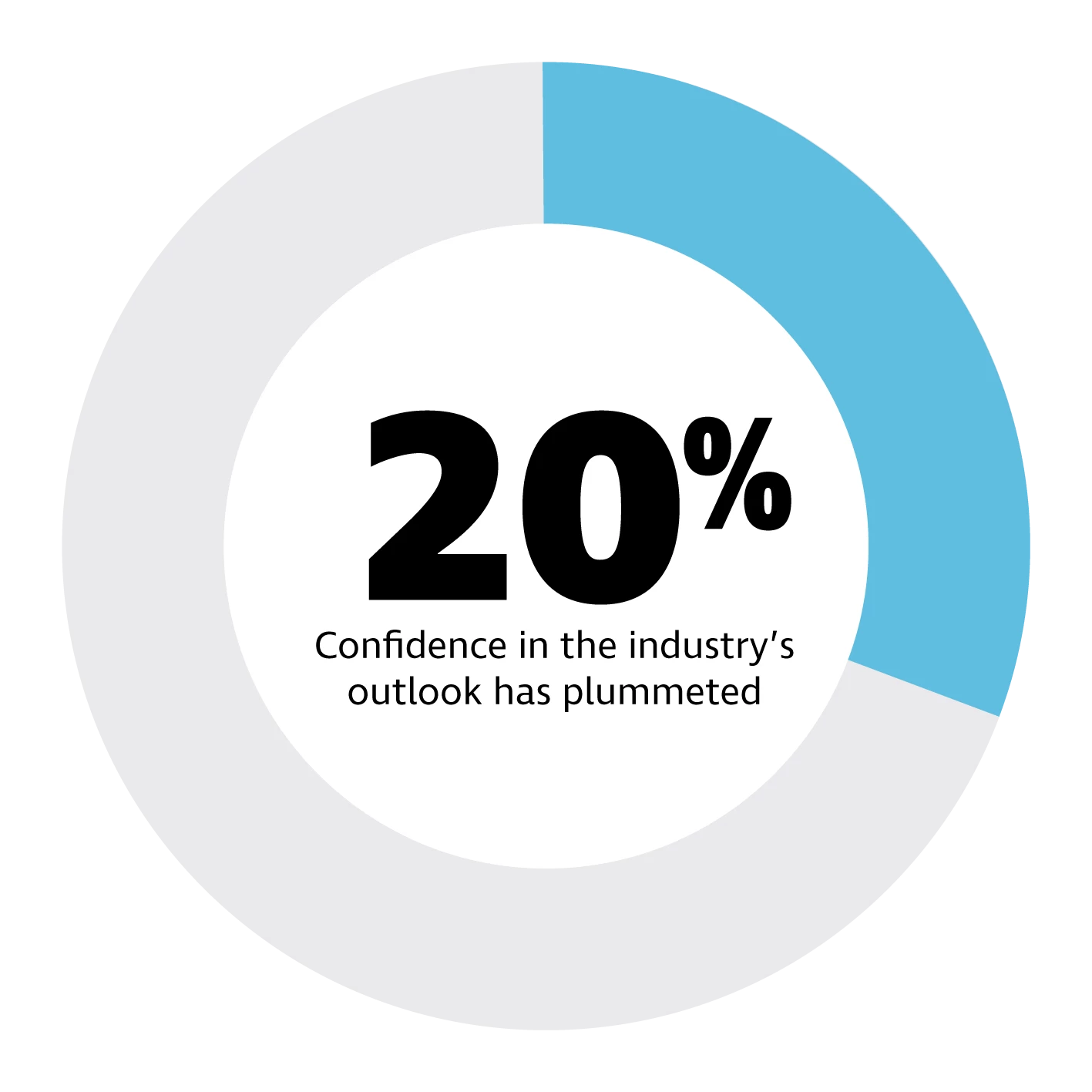
Confidence in the industry’s outlook has plummeted, with just 20 percent expressing confidence in the current industry outlook, down from 50 percent in 2021, 41 percent in 2022, and 34 percent in 2023.
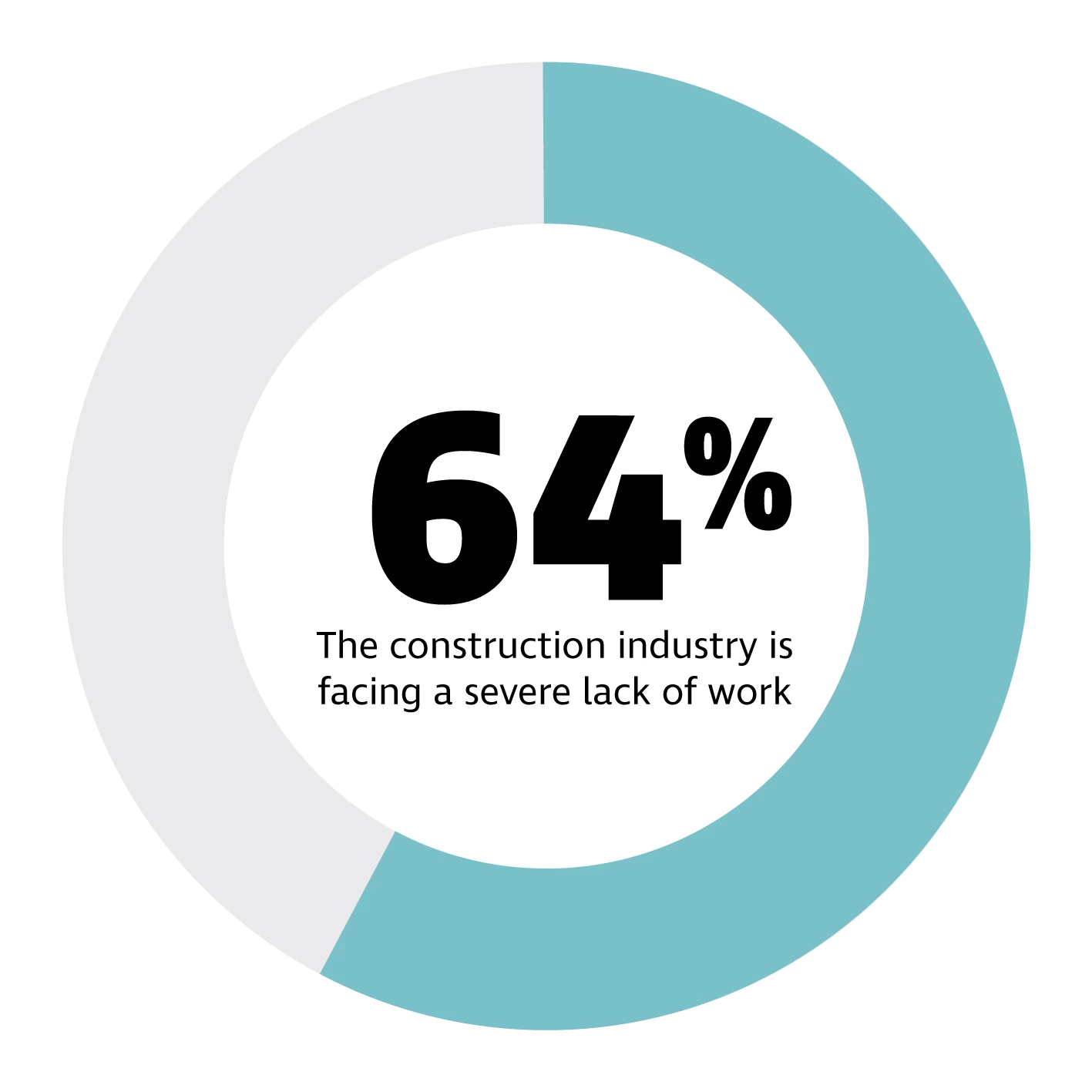
The construction industry is facing a severe lack of work, with 64 percent of businesses reporting this issue in 2024, a sharp increase from 29 percent in 2023.
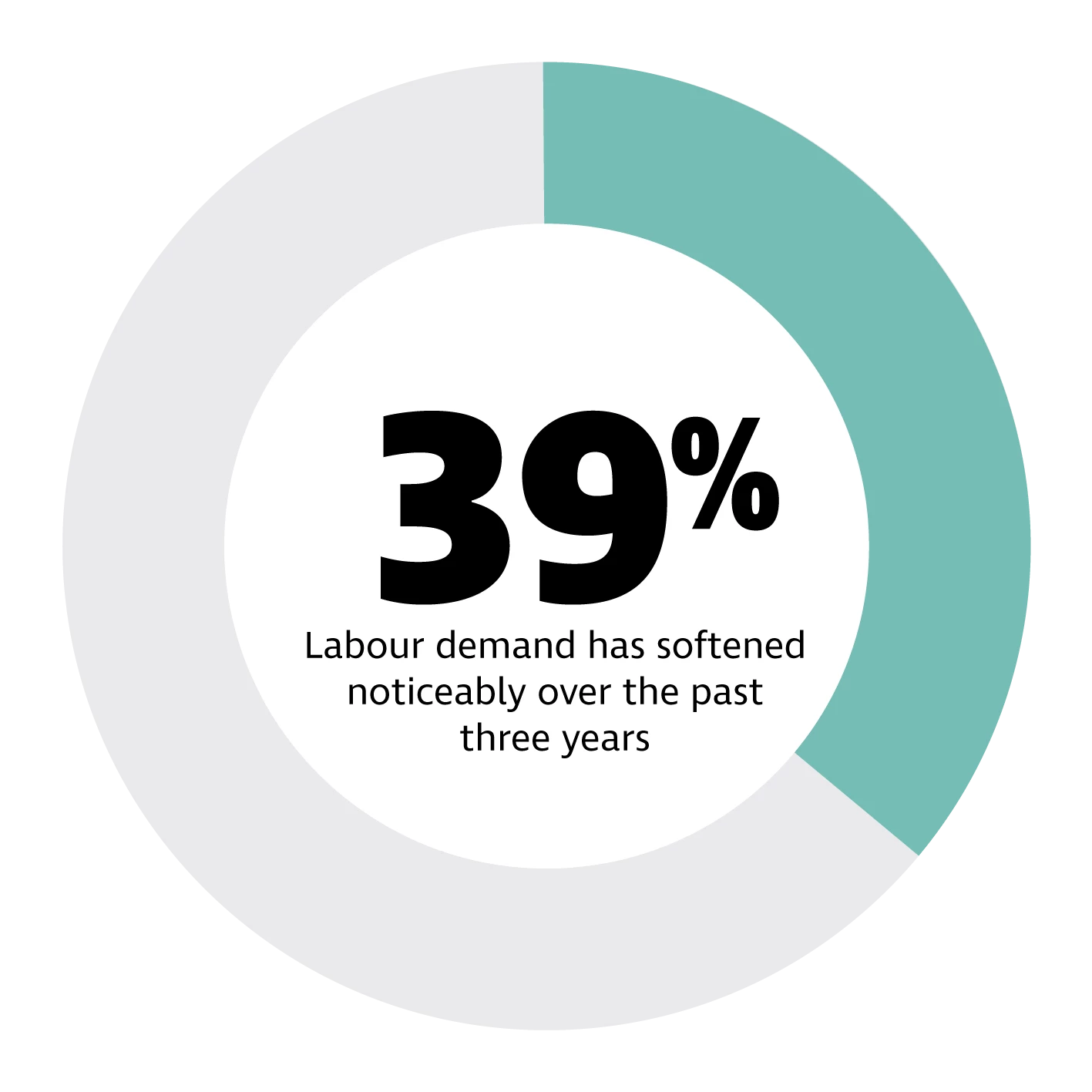
Labour demand has softened noticeably over the past three years. Only 39 percent of businesses expect staff growth in 2024, a decline from 54 percent in 2023 and 63 percent in 2022.
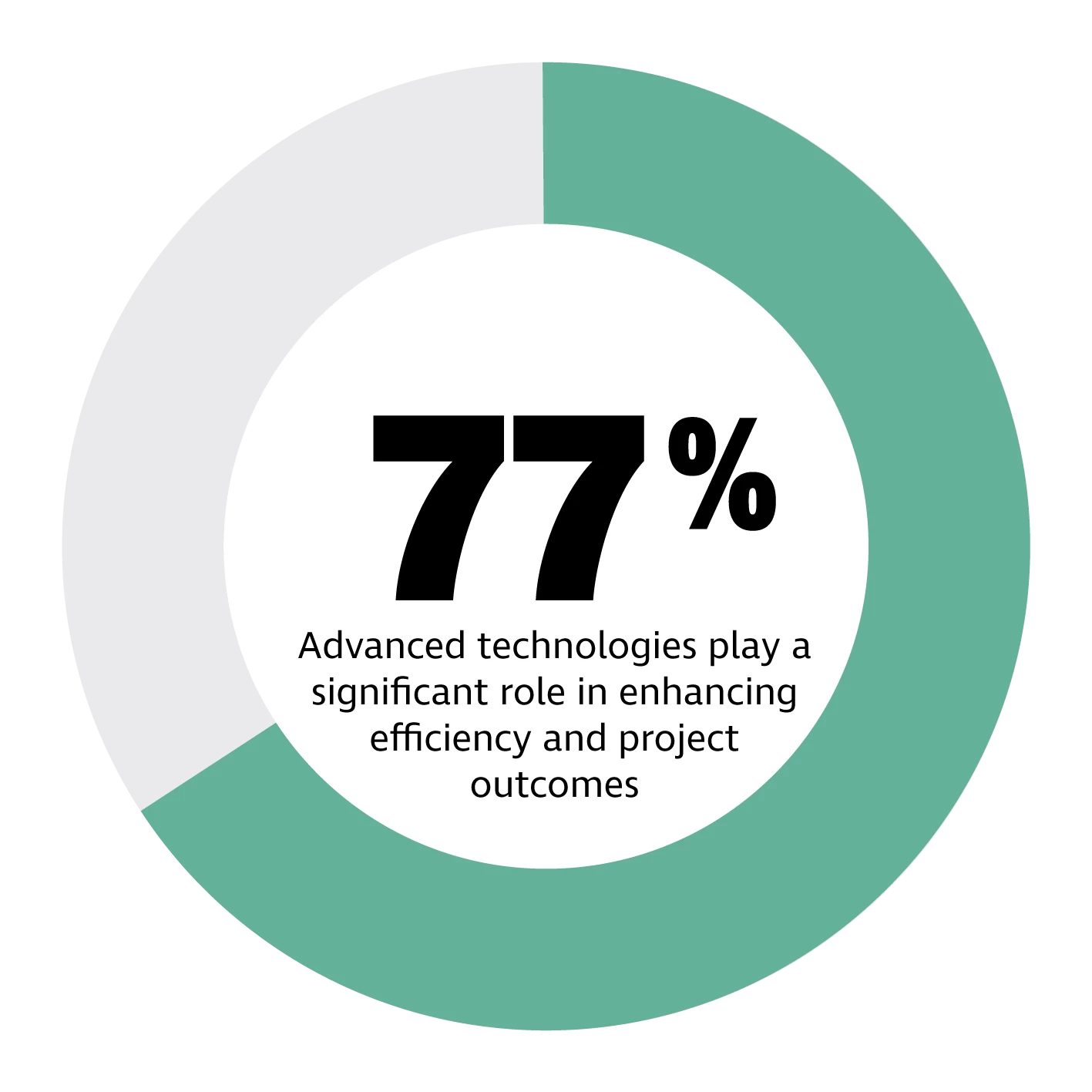
Advanced technologies play a significant role in enhancing efficiency and project outcomes. Fleet management (77 percent) and machine control (63 percent) are widely used onsite.
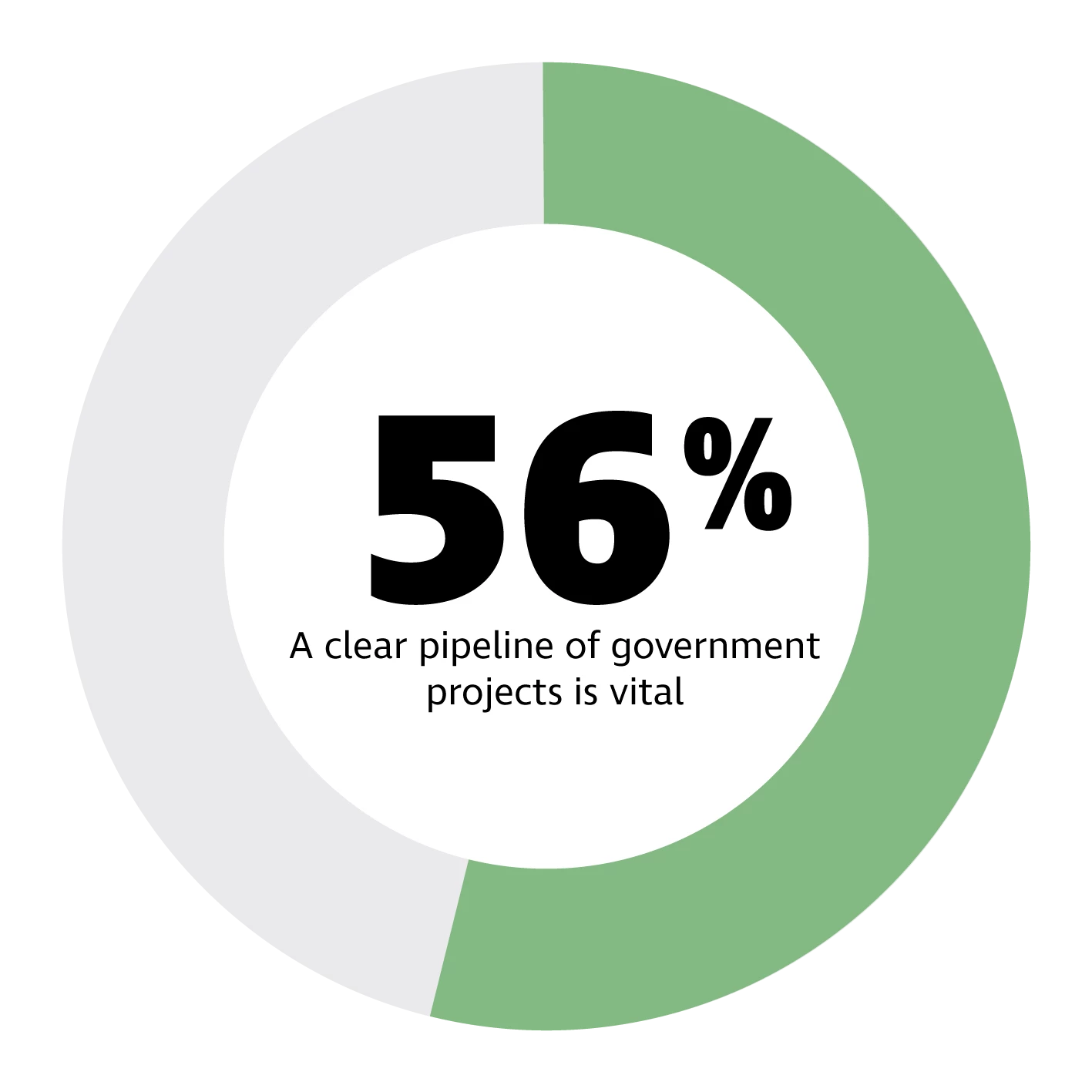
A clear pipeline of government projects is vital, with 56 percent of industry stakeholders anticipating positive impacts over the next three years.
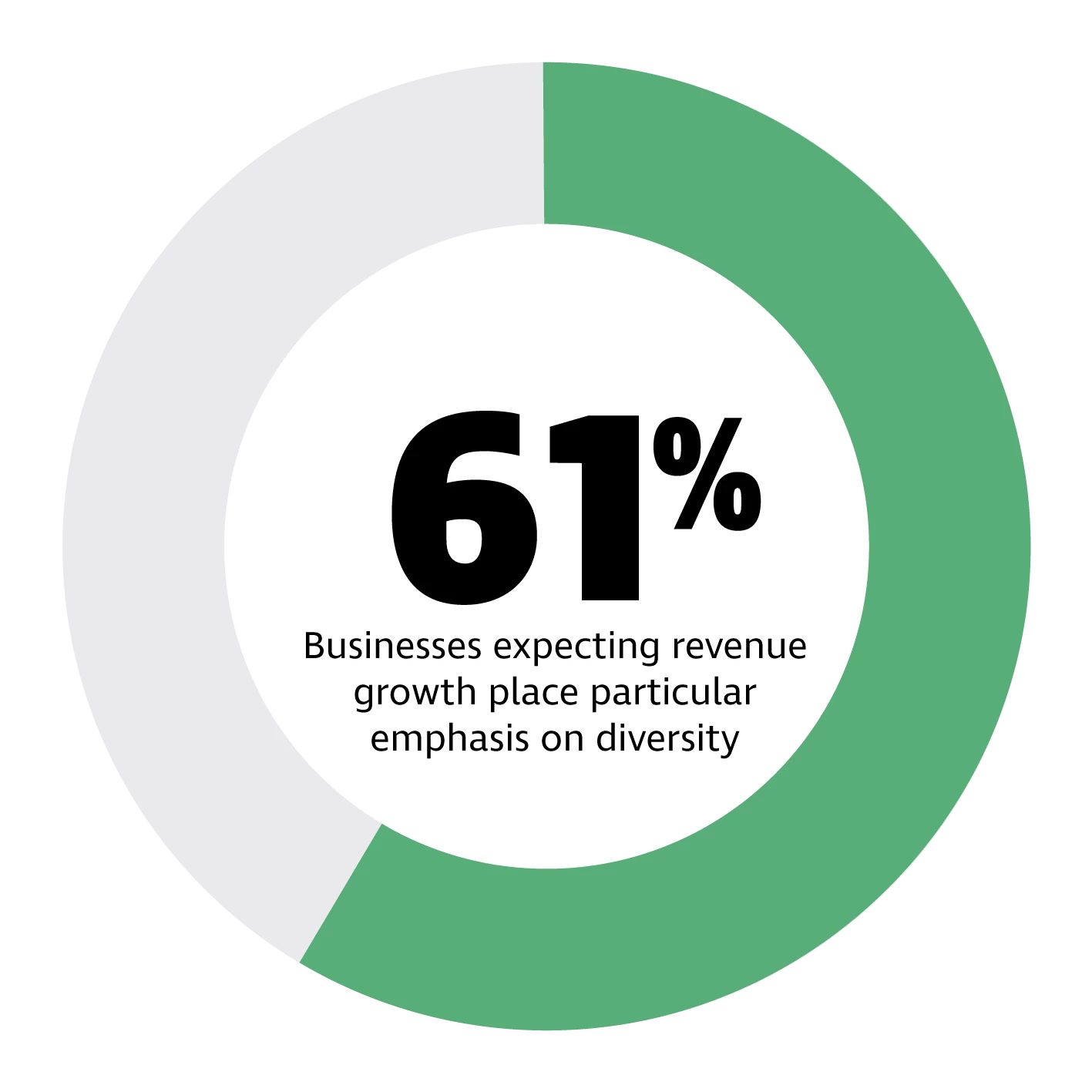
61 percent of professionals believe diversity positively impacts productivity. Businesses expecting revenue growth place particular emphasis on diversity, with 36 percent considering it very important for improving productivity and workforce dynamics.
